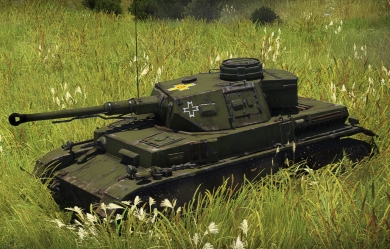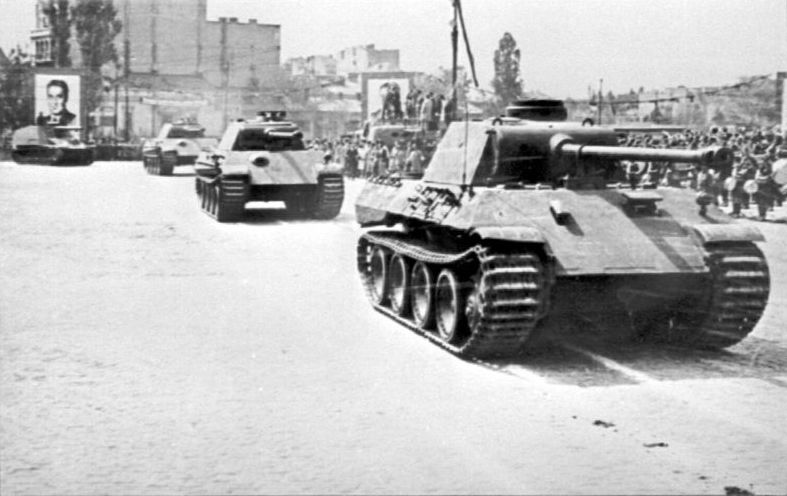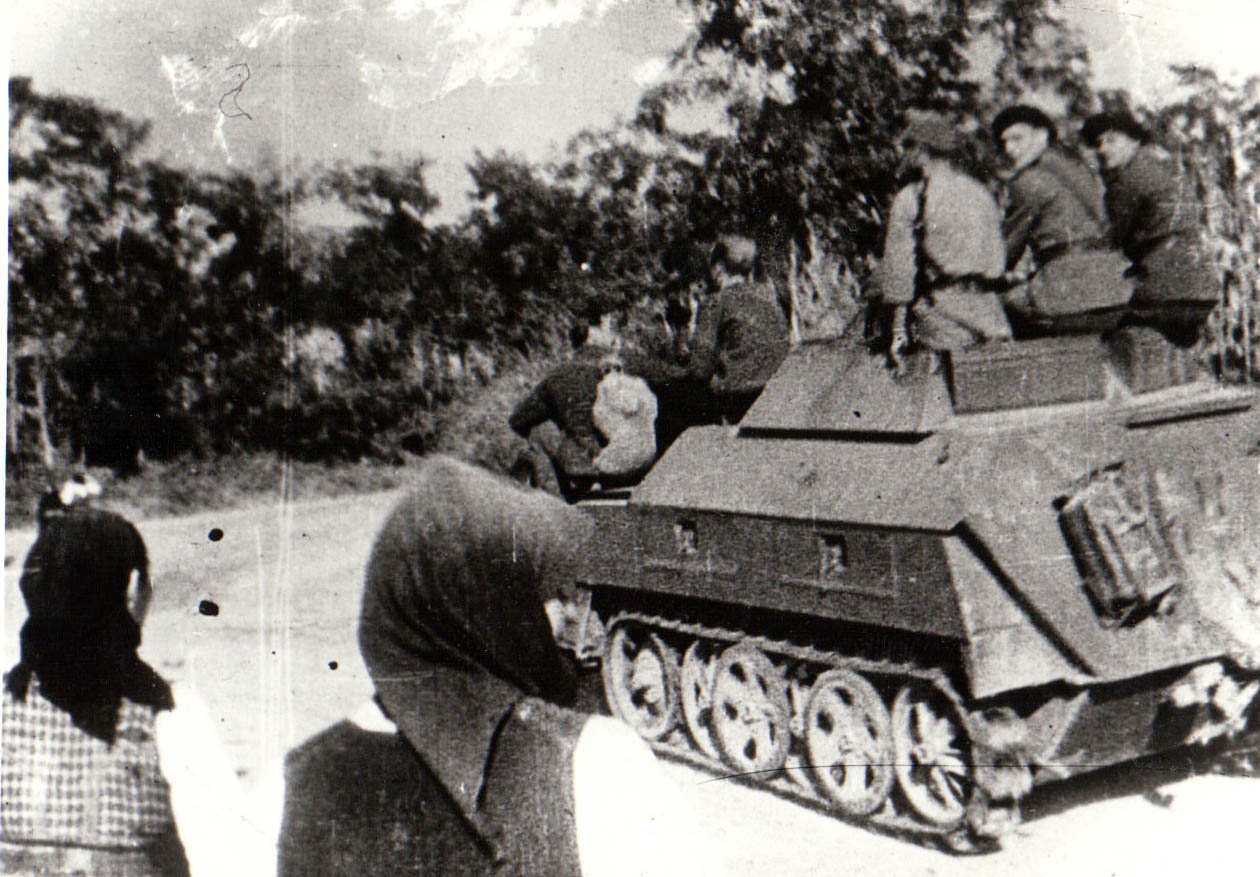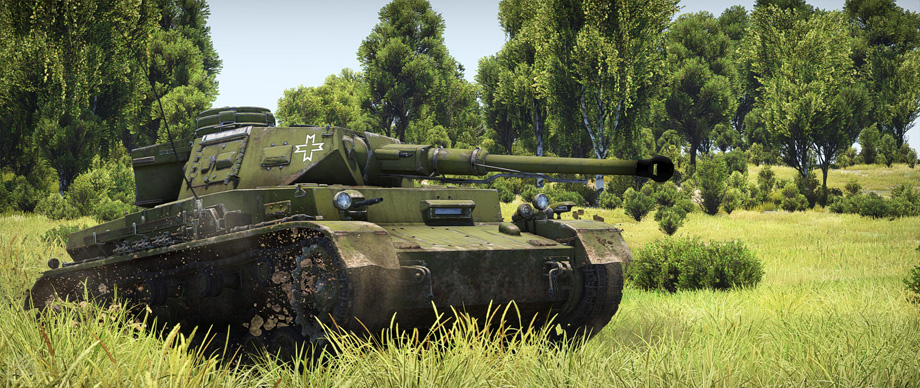
- For PC
- For MAC
- For Linux
- OS: Windows 10 (64 bit)
- Processor: Dual-Core 2.2 GHz
- Memory: 4GB
- Video Card: DirectX 11 level video card: AMD Radeon 77XX / NVIDIA GeForce GTX 660. The minimum supported resolution for the game is 720p.
- Network: Broadband Internet connection
- Hard Drive: 23.1 GB (Minimal client)
- OS: Windows 10/11 (64 bit)
- Processor: Intel Core i5 or Ryzen 5 3600 and better
- Memory: 16 GB and more
- Video Card: DirectX 11 level video card or higher and drivers: Nvidia GeForce 1060 and higher, Radeon RX 570 and higher
- Network: Broadband Internet connection
- Hard Drive: 75.9 GB (Full client)
- OS: Mac OS Big Sur 11.0 or newer
- Processor: Core i5, minimum 2.2GHz (Intel Xeon is not supported)
- Memory: 6 GB
- Video Card: Intel Iris Pro 5200 (Mac), or analog from AMD/Nvidia for Mac. Minimum supported resolution for the game is 720p with Metal support.
- Network: Broadband Internet connection
- Hard Drive: 22.1 GB (Minimal client)
- OS: Mac OS Big Sur 11.0 or newer
- Processor: Core i7 (Intel Xeon is not supported)
- Memory: 8 GB
- Video Card: Radeon Vega II or higher with Metal support.
- Network: Broadband Internet connection
- Hard Drive: 62.2 GB (Full client)
- OS: Most modern 64bit Linux distributions
- Processor: Dual-Core 2.4 GHz
- Memory: 4 GB
- Video Card: NVIDIA 660 with latest proprietary drivers (not older than 6 months) / similar AMD with latest proprietary drivers (not older than 6 months; the minimum supported resolution for the game is 720p) with Vulkan support.
- Network: Broadband Internet connection
- Hard Drive: 22.1 GB (Minimal client)
- OS: Ubuntu 20.04 64bit
- Processor: Intel Core i7
- Memory: 16 GB
- Video Card: NVIDIA 1060 with latest proprietary drivers (not older than 6 months) / similar AMD (Radeon RX 570) with latest proprietary drivers (not older than 6 months) with Vulkan support.
- Network: Broadband Internet connection
- Hard Drive: 62.2 GB (Full client)
A Pz.Kpfw. IV in service with the Romanian Army, there classified as T4, similar to the one used by Dumitru.
Ion S. Dumitru was born on 1st March 1921 in Robanesti, Djol County in southern Romania. After finishing his high school education in Craiova, he enrolled to study on military high school in Timisoara, where he graduated in 1941 as one of the best students. He continued his education in Infantry Officer School in Bucharest and after a successful graduation, he was promoted to the rank of sublocotenent (Second Lieutenant). At his own request, he was then transferred to his first operational unit - the freshly rebuilt 1st Tank Regiment stationed in Targoviste. This unit participated in Battle of Stalingrad, and practically ceased to exist due to crushing losses - only two tanks and 944 men survived.
 |
| The T4 was in Romanian service thorough World War II, even after the country switched sides. |
At the time, Romania was allied to Nazi Germany, and Dumitru thus received tank warfare training programme in Fallingbostel Tank Training Centre. Here, Dumitru became a specialized tanker on a PzKpfw IV medium tank, which was used by Romanians under designation T-4. After his return, 1st Tank Regiment was deployed in Moldavia as a part of 1st Armoured Division Greater Romania (part of 4th Army, Army Group South Ukraine).
On 20th August 1944, Soviets launched major Jassy-Kishinev Offensive with the goal of recapturing Moldavia and eliminating all Axis forces in the area. Romanian tank units were severely outnumbered, with only about 170 Romanian vehicles facing more than 1800 Soviet vehicles. On the same day, 1st Tank Regiment acted as a spearhead of 1st Armoured Division counterattack, aimed against flanks of advancing Soviet armoured columns. Near the village of Scobalteni, Romanians spotted large Soviet tank formation, and commenced the assault. Resulting large tank battle lasted 10 hours and ended when Soviet commander ordered tactical retreat. At the cost of 20 tanks lost, Romanians knocked out up to 60 Soviet vehicles, including several IS-2 heavy tanks. Dumitru, who commanded a tank platoon, is believed to destroy at least one Soviet tank during the battle, scoring his first combat kill. The Romanian victory was however short-lived. Swift Soviet armoured thrust along the highway cut off 1st Tank Regiment from the rest of division, and encircled it.
Shortly after, the reports about destruction of the rest of the 1st Armoured Division came in, and a decision was made to withdraw from the highway at night and to attempt a break through the encirclement. However, the unit got separated into several parts, and Dumitru suddenly found himself in the command of 13 T-4 tanks and several halftracks. Dumitru led this unit to Sabaoani village, where a Romanian anti-tank unit was located, defending a large ditch. Dumitru joined the defenders and established an ambush position, positioned in a forest nearby of the ditch.
 |
| Romanian Panther tanks on the move. |
In the afternoon, a column of 22 Soviet tanks approached the ditch, accompanied by infantry. Soviets advanced forward, but failed to spot Dumitru’s tanks and anti-tank guns until it was too late. In order to save ammunition, Dumitru ordered his men to fire only on his command, and all Soviet tanks were quickly knocked out. One of them was destroyed by Dumitru.
On 24th August, the pro-Nazi Romanian government of Marshal Ion Antonescu was overthrown in a coup led by King Michael, who immediately accepted an Allied armistice offer, putting the country on the Allied side. The armistice was however not officially signed until 12th September, and in the meantime, the Red Army still viewed Romanians as hostile, interning Romanian soldiers as a prisoners of war including Dumitru and whole 1st Tank Regiment. Dumitru however escaped the POW camp (on the second try, as he was caught during the first attempt). and joined 2nd Tank Regiment. This unit was then sent to Slovakia in March 1945 as a part of Soviet 27th Armoured Brigade - ironically, this was the unit Dumitru faced during August 1944.
In February 1945, Dumitru was promoted to Lieutenant. On 26th March, the 2nd Tank Regiment was then deployed during the crossing of river Hron. Dumitru’s platoon managed to knock out six German anti-tank guns and captured a battery of German 15 cm sFH 18 field howitzers. The advance was stopped by a platoon of Tiger heavy tanks, but Dumitru, showing his prowess as a commander, managed to outflank the Tigers with his platoon, forcing them to retreat. Few days later, on 31st March, Dumitru’s platoon was providing support for Soviet infantry, when the advance was yet again stopped by a platoon of Tigers, accompanied by several PzKpfw IV medium tanks and even a platoon of Ferdinand heavy tank destroyers. Tigers and Ferdinands were however forced to retreat by Soviet artillery, leaving only disoriented PzKpfw IV medium tank company. Dumitru immediately charged towards it, with tanks of his platoon firing on the move.
 |
| Romanian Soldiers in 1944. |
Two German tanks were knocked out and other two were damaged. On the following night, 2nd Tank Regiment assaulted a fortified village. However, German soldiers were busy celebrating Catholic Easter, and were caught by surprise. During the assault, Romanian and Soviet forces came under German artillery fire. In response, Dumitru ordered his gunner to fire on the bell tower of a local church, as he suspected it serves as a hideout for German artillery spotter. His guess was proven right, as the artillery fire ceased following the bell tower’s destruction. The 2nd Tank Regiment then participated in the assault on Bratislava, Slovak capital, but did not encounter any German armour. The regiment crossed the Morava river into Austria during early days of April 1945, and took part in the battle for Vienna, Austrian capital.
On 13rd April 1945, during the attack on Schrick, Dumitru’s unit was flanked by three German Panther tanks. Dumitru’s T-4 was hit and knocked out, and Dumitru himself was severely injured, losing his leg. His frontline service was over, but aside from recovering from his injury, he continued to serve in the 2nd Tank Regiment on administrative post. During his career, the men under his command knocked out about 39 tanks and 13 vehicles, both Soviet and German. Dumitru himself is credited by six tanks and vehicles destroyed and at least six anti-tank guns knocked out. As a reward for his skill and bravery, he was decorated with Order of Mihail Viteazu 3rd Class - a highest Romanian military honour.
After the end of Second World War, Ion Dumitru continued to serve in the Romanian army as a tank instructor before retiring from the army in 1953.
Author: Jan “RayPall” Kozák
With an upcoming Update, we will include the 'Romanian Royal Badge' to War Thunder:

Decal by Branislav "InkaL" Mirkov




